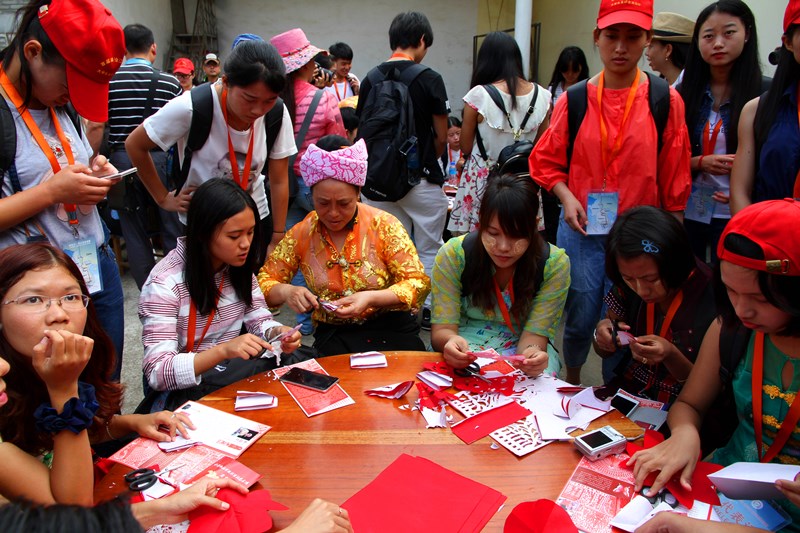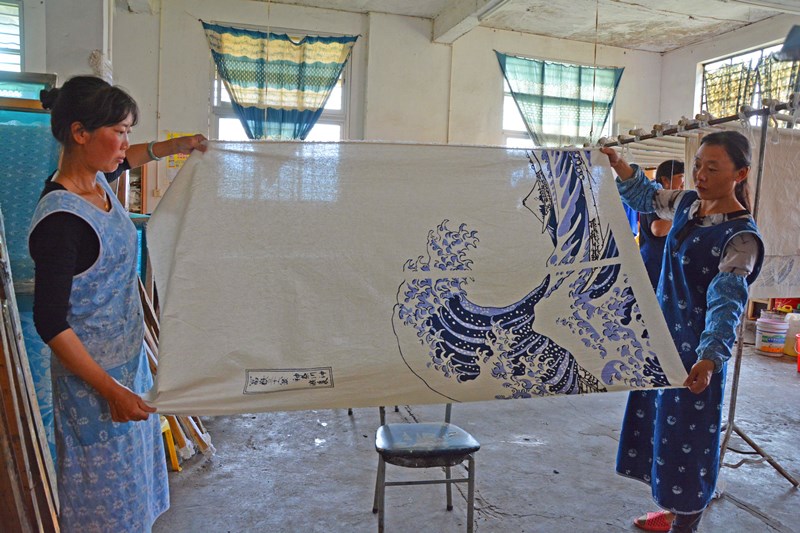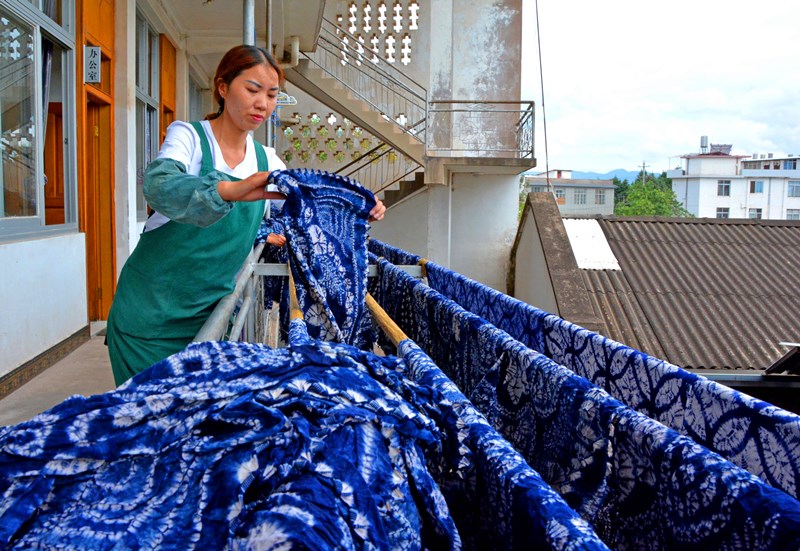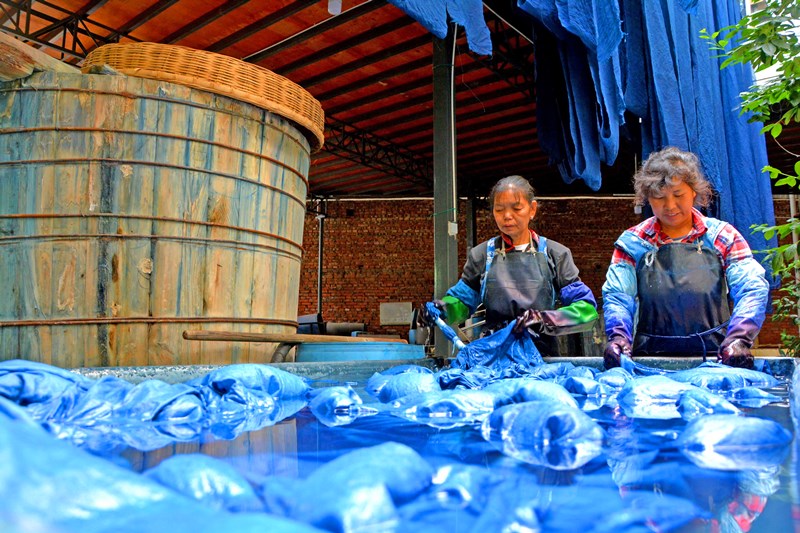Cultures plus experiences: an in-depth tour in Yunnan

The Yunnan province is the most culturally and ethnically diversified province in all China. Throughout its long history, a great variety of intangible cultural heritages with their uniqueness have been created by the people living on this land.
In the past few years, the province has been devoted to exploring unique intangible cultural heritages across the province on the basis of protection and inheritance, and merging them into a number of social and cultural activities creatively, such as tourism, sports events as well as shows and performances.
Today, creative intangible cultural heritage programs not only help unveil the cultural values of many heritages themselves, they have become a brand new window for people from both China and abroad to know about Yunnan and its highly diversified ethnic cultures.
“Turning the art of Dai-style paper from a ‘product’ to an ‘experience’ is new thing we are trying to do now,” says Li Jinyuan, the curator of the Mandala Art Museum in Manzhao village, Menghai county, southern Yunnan’s Xishuangbanna Dai autonomous prefecture. This is his way to inherit the traditional paper-making skill of the Dai ethnic minority people in Yunnan.

The Dai-style paper-making skill was originated here in Manzhao village, and it has been considered one of he most primitive paper-making techniques that can still be found in China. In the year of 2016, this skill was included in the National Intangible Cultural Heritage List of China.
Li Jingyuan is a young man born in the 1980s. Driven by his passion for the Dai-style paper, he decided to settle down in Manzhao village in 2017 and set up the Mandala Art Museum which focuses on demonstrating the art of Dai-style paper its associated techniques. “I hope to create an immersive experience for my visitors so that they are able to gain a full understanding about how the papers have been made from scratch,” Li says.
To him, mass production is the best way to help raise the profit and added value of Dai-style papers and therefore attracts those young people who have left for big cities to return to their hometowns, taking part in the paper-making business and finally inheriting this unique intangible cultural heritage of the Dai people.

“Recently, I’m planning to hold a cultural festival in Manzhao, so that people from all over world who love paper and painting can come to our village to exchange ideas, share experience and even create their own arts,” says Li. “I can’t wait to see collisions between old and modern elements, because they might bring us with new possibilities and inspirations for the protection of intangible cultural heritages.”
The Zhoucheng village in the Dali Bai autonomous prefecture in northwest Yunnan, on the other hand, has long been famous for its local tie-dye techniques. It is even known as the “ hometown of tie dye” among the Bai ethnic minority group in Dali. Mr. Duan Shukun and Mrs. Duan Yinkai, for example, are two inheritors of tie-dye technique living in Zhoucheng.

As a couple Duan Shukun and Duan Yinkai opened a tie dye workshop in the village several years ago. Later, they registered a tie dye factory as their business expended. And in 2012, they raised another fund and eventually built up a tie-dyeing museum characterized by Bai elements in Zhoucheng.
Inside the museum, a variety of tie-dye crafts are placed in order, and large exhibition boards having introductions to different objects and the history of tie dye in general can be found around the space. Meanwhile, there are professional tie-dye artisans showing techniques to visitors on site.
In the Museum’s “tie-dye demonstration area” in particular, visitors can also learn how to dye and sew clothes under the help of staff. Currently, this museum and the workshop of Mr. And Mrs. Duan have become main tourist magnets in the Zhoucheng village.

According to the People’s Government of Dali, there are over 20 companies and institutes carrying out businesses in relation to tie dye across the prefecture. Tourists can choose to taste a range of intangible cultural heritage programs, and this has recently become a new reason for people to travel to Dali.
Writing by Han Chengyuan, Li Hengqiang, Liu Ziyu and Zi Danyao; trans-editing by Wang Jingzhong